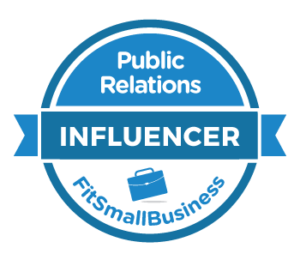It is a new political season, and there's been lots of coverage about the new landscape and incoming class. Politics follows not too far behind my primary passions of PR, technology and social media. So I especially like to track and read the articles that combine a number of these things.
On that note, the New York Times had a couple of great stories recently about Andrew Cuomo, the new Governor of New York. It was interesting that one article focused solely on Cuomo's use of the telephone as a power tool, in dealing with the media and others. It is an old school approach that is apparently effective (well, anyway, this was a very long article and the reporter seemed somewhat enamored and impressed). According to the story:
The call comes with no warning, at almost any time of the day…The unhurried, instantly recognizable voice on the other end of the line belongs to Andrew M. Cuomo. There will be long pauses. There will be many questions. Get comfortable: you may be on the phone for a while…He makes relatively few public appearances, rarely gives on-the-record interviews and disdains the Sunday chat show circuit. His e-mails are restricted to a small circle and, frequently, to two words: “Call me.”
But more often, Mr. Cuomo calls you… he will first ask about the foot surgery or Little League game that came up during the last conversation. Only rarely does a secretary ask you to hold for Mr. Cuomo’s call: he makes it a point to be on the line when you pick up. He almost never puts anyone on hold.
The effect, many say, is a powerful sense of intimacy.. Mr. Cuomo also relishes the visceral feedback of a phone call, he said: the sound of the other person’s voice and the sense of his or her mood…“I am not an e-mail person,” he said. “You don’t get context, you don’t get emotion and you don’t get a connection.”
I think the subtleties in how we communicate often go underappreciated, and this article serves as reminder about the importance of these choices. While an in-person meeting might even be more effective, Cuomo can cover more ground using the telephone – and the phone is clearly better than other forms of communications when it comes to the nuances, the seemingly small touches that can make all of the difference in the world when it comes to relating to people. Cuomo's direct approach is also noteworthy, and might cause some PR folks to cringe because there's apprently no PR intermediary in the mix – yet I am sure jorunalists appreciate having that type of access (even if it is on his terms).
Then again, in this era it is never enough just to master one mode of communications, and another article in the New York Times covered a misfire in the Cuomo administration's use of Twitter. Apprently, they were quick to publish the name @NYGovernor, but someone beat them to the punch in establishing a Twitter account under that name. Here is an excerpt:
At first glance, the Twitter page… seemed perfectly plausible for a politician, and featured the same snapshot of Mr. Cuomo — smiling and looking off into the distance — that can be seen on the home page of the governor’s new Web site.. [the] first few Twitter messages seemed right out of the governor’s press office…
But the tone eventually got less statesmanlike, as the subjects veered toward his dislike of the Executive Mansion (not enough parking for his muscle cars)…
If that did not raise enough suspicion, there was Mr. Cuomo’s Twitter biography: “First elected governor of the State of New York since the Luv Guv.”


